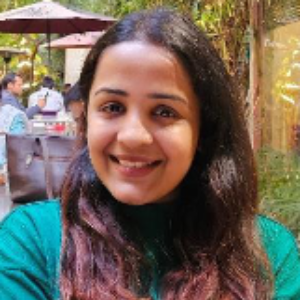Title: Interplay between the JA pathway genes and bHLH may play an important role in regulating cleistogamy in pigeon pea
Abstract:
Pigeonpea is an often cross-pollinated grain legume with high nutritional value making it an important blend in a cereal-dominated diet. It is an annual diploid (2n=22) with a typical 9+1 diadelphous stamen in a chasmogamous flower which opens before fertilization often leading to cross-pollination. We investigated a cleistogamous genotype where the flower opens after fertilization in an effort to identify the molecular factors governing this trait, as it can help in maintaining seed purity. A set of transcription factors were investigated for its association with the hormonal networks. Jasmonic acid (JA) pathway genes have been reported to play an important role in inducing cleistogamy in chasmogamous flowers, among which basic Helix Loop Helix (bHLH) is one of the key regulators. A genome-wide survey led to the identification of 176 bHLH genes distributed randomly across the genome and were categorized into 21 subfamilies based on phylogenetic analysis. The promoter, gene ontology, and protein-protein interaction network analyses revealed that the bHLH protein family in pigeonpea is involved in multiple biological pathways. Expression analysis in the floral tissue of chasmo- and cleistogamous genotypes for the key players of the jasmonic acid pathway including MYC2 (Cc_bHLH135) and its interacting partners TIFY/JAZ indicated their probable role in flower opening. Further, JA and its bioactive form JA-Ile were quantified through UPLC-MS/MS, expression analysis and hormone profiling results were in congruence and supported the participation of the JA pathway for cleistogamy in pigeonpea.
Audience Take Away Notes:
- The audience will gain insights into the value of cleistogamy as a trait in agricultural systems, recognizing its potential to enhance seed purity and ensure effective pollination in the absence of pollinators
- For plant breeders, understanding cleistogamy as a trait facilitates the development of self- pollinating crop varieties, which can help maintain consistent crop yields even in environments with limited pollinator availability
- The genome-wide methodology detailed in this study offers a robust framework for researchers to replicate similar analyses in other crops, enabling the identification of genes associated with other agriculturally important traits
- The genome-wide analysis approach presented in this research provides a valuable model for teaching advanced genetic analysis techniques, including gene identification and functional characterization, within educational programs



